|
Counting...can be confusing! Countless pianists find themselves cornered when it comes to counting out the different note values and understanding how they all connect to each other. Subdividing note values is the key to conquering counting confusion! So how do we subdivide? Take a look at this beautiful pie...it's a whole pie. This is just like a whole note. In music, a whole note gets 4 beats. To subdivide this whole note, we will first divide it in half. With our pie, that would mean we will get at least 2 pieces out of that whole pie. In "pie terms" it will look like this - you simply cut the pie in half. When we divide a whole pie in half, we get 2 pieces of pie, right? It's the same with a whole note. When we divide a whole note in half, we get 2 notes, instead of one. Those 2 notes are called half notes, and they get 2 beats each. By subdividing the 1 whole note that equals 4 beats in half, you get 2 notes that get 2 beats each, and still equal the 4 beats when counted or played together. Now, let's divide these two halves of pie in half again, and see what we get. This time, we end up with 4 pieces of pie, instead of just 2...yay, more to share! In music, when we divide the whole note into quarters, or 4 - we end up with 4 notes, just like we end up with 4 pieces of pie. These notes are called quarter notes, and they get 1 count each. Four quarter notes equal 4 counts just like our original whole note, and our 2 half notes. Do you see a pattern here starting to develop? This is one of the most important aspects to subdividing that you need to know so you can incorporate it into your piano playing! Everything is divided in half! If you divide a pie in half, you end up with 2 pieces. If you divide a whole note in half, you end up with 2 notes. If you divide 2 pieces of pie in half, you end up with 4 pieces of pie. If you divide 2 half notes in half, you end up with 4 notes. Let's look at another subdivision of that original whole pie and note. What happens when we divide that whole pie into 8th's? Less pie for everyone, but double the pieces! When we divide it into 8th's, we end up with 8 pieces. If we go back to our whole note and divide it into 8th's, well guess what - we end up with 8 notes! And..they are called 8th notes. That's easy to remember! 8th notes get 1/2 of a beat, and 2 of them equal 1 quarter note. Now for the icing on the cake, or pie rather, we're going to subdivide one step further, and divide that whole pie into 16 pieces! There is definitely enough here for a party! Can you guess what kind of notes we end up with when we divide a whole note into 16th's? You got it...we end up with 16th notes, and there are 16 of them! The pattern continues...did you notice that? 16th notes equal 1/2 of an 8th note, and 2 of them equal one 8th note. Summarizing Subdivision
It's all about dividing everything in half.
Also notice, how each note is named by the subdivision value.
You will learn even more ways to subdivide with different types of note values as you progress in your piano playing. Learning these first 4 ways of dividing basic note values will give you a great start as you begin incorporating it in your own playing. Make sure you grab a delicious pie that you can experiment with during your practice breaks! Stay tuned to LessonsOnTheWeb to learn more and achieve your dream of playing the piano! Leave a Reply. |
AuthorMost blogs written by Archives
June 2020
Categories
All
|
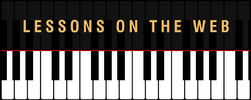
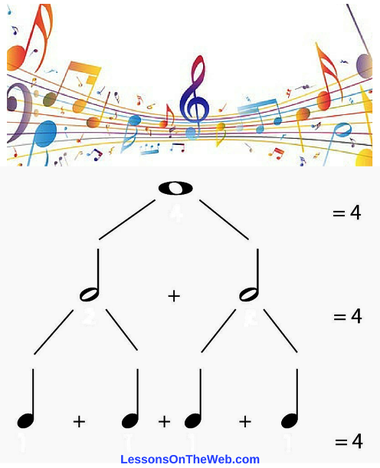


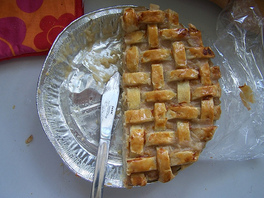




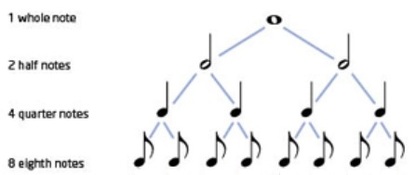
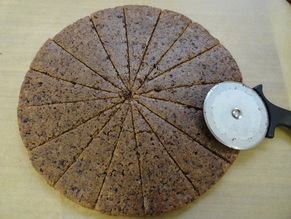
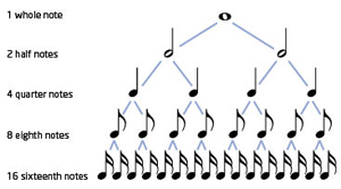
 RSS Feed
RSS Feed